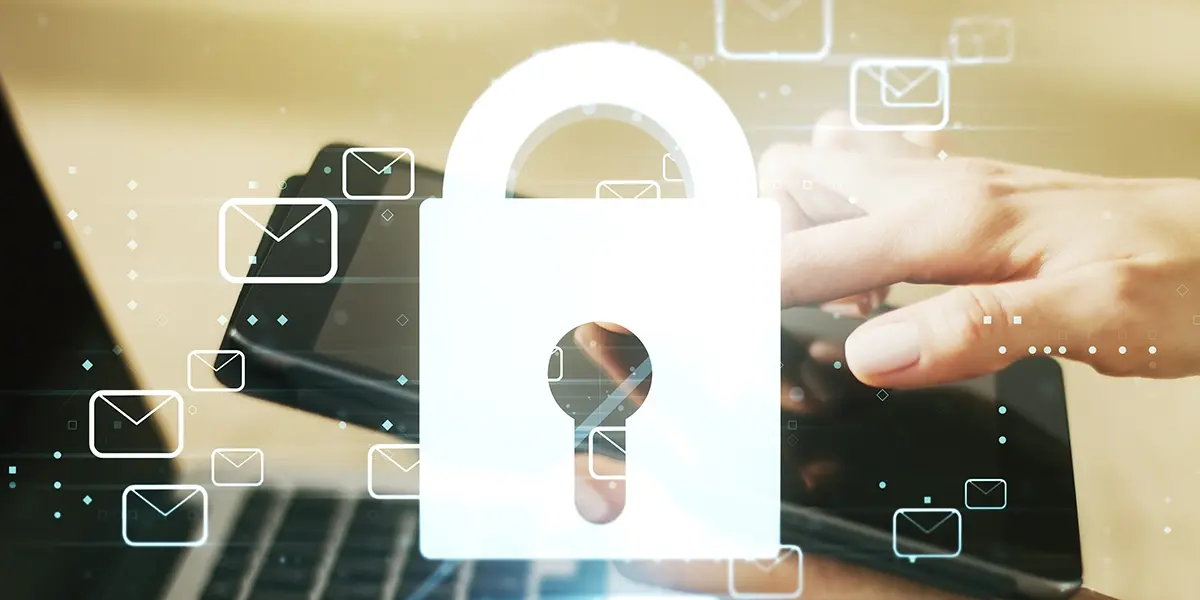Your employees are clicking “approve” on MFA prompts without reading them. This MFA fatigue isn’t just annoying. It’s dangerous. When even Microsoft’s own employees fell for phishing attacks despite having MFA enabled, it proved that traditional multi-factor authentication has serious flaws.
Think about your own experience logging in. You grab your phone, type a code, approve a push notification. This repetitive process creates friction and frustration. When people get tired of the process, they become easier targets for phishing and social engineering. With stolen credentials still being the top way attackers get into systems, MFA fatigue creates real business risk.
There’s a better way forward: phishing-resistant MFA. Unlike traditional MFA where you get texts or push notifications, phishing-resistant MFA eliminates those steps entirely. Sign-in happens seamlessly using cryptographically bound credentials tied to your device and identity.
What Phishing-Resistant MFA Actually Looks Like
You’ve already experienced this when unlocking your computer or phone with a fingerprint or face recognition. No password, no code, no prompt. It just works. Setup usually means scanning a QR code to bind your identity securely. The result is seamless, secure, and impossible to phish.
Here’s the difference:
Traditional MFA: You enter a password plus a code from text, email, or push notification. Attackers can exploit each of these steps.
Phishing-Resistant MFA: Your identity gets verified with a device-bound credential, biometric, or hardware key. Nothing gets typed or shared, so phishing attacks simply fail.
Why This Matters for Your Business
Phishing-resistant MFA isn’t just an IT upgrade. It’s a strategic business decision:
Cut down breach risk: Eliminating password-based attacks closes the most common way attackers get in. Organizations with strong authentication see fewer credential-based breaches.
Make people more productive: Employees spend less time fighting with passwords and authentication prompts. Streamlined logins mean faster access to tools and fewer help desk tickets.
Stay compliant: NIST and CISA guidelines increasingly recommend phishing-resistant authentication. Getting there early shows you’re taking security seriously.
Protect your reputation: Account takeover attacks make headlines and hurt trust. Preventing credential-based breaches protects both customer confidence and business relationships.
Why Most Companies Haven’t Made the Switch
The change isn’t just technical. It’s cultural. Old habits take time to break, legacy applications need work, and IT teams need training. Microsoft gives all customers the ability to use phishing-resistant MFA, but many organizations haven’t turned it on because of these challenges.
But companies that improve their authentication early often end up setting the standard for their industry.
What Implementation Actually Looks Like
Passwords won’t vanish overnight, but they’re becoming outdated technology. The direction is clear: passwordless by default, phishing-resistant by design, simple for users.
Start with the highest-value targets. Turn on phishing-resistant MFA for executives and privileged accounts first. Run pilot programs with departments that want to try it. Build plans for rolling it out more widely.
Questions to Ask Your Team
Which accounts face the biggest phishing risk?
How fast can we test phishing-resistant authentication?
What older systems need special handling?
Your answers will shape both your security stance and your ability to work efficiently in a digital world.
Moving Forward
The shift to phishing-resistant authentication isn’t a question of if, but when. Companies that make the move now get ahead of both security threats and compliance requirements. They also give their people better tools to work with.
The technology is ready. The question is whether your organization is ready to leave password fatigue behind.
Augusto Melo – Manager, Managed Security Services
Ready to eliminate MFA fatigue and phishing risk? Contact us today for help building a phishing-resistant MFA plan that works for your environment.

